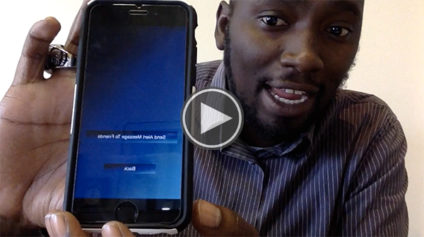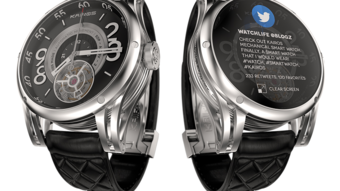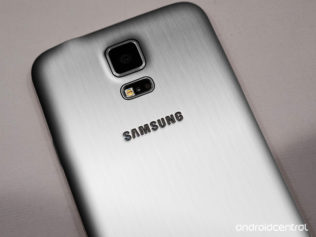When the original Galaxy Note was unveiled back in August of 2011, I’ll admit: I was one of the naysayers. Nay, I was more than a naysayer – I was a hater. The idea of the “phablet,” I thought, was absurd. Who would possibly need – or want – such a ridiculous piece of form-factor experimentation? Like much of the tech media world, I looked on and fully expected Samsung’s newest Galaxy product to be a total failure. It was the kind of device that people just wouldn’t be willing to take a risk on. Memories of 2010’s Dell Streak (a phablomination, if you will) only reinforced such thinking.
I was wrong. I was so, so wrong. To date, Samsung has sold well over 10 million Galaxy Notes and Note II’s. That’s a lot for any phone, let alone one whose premise is upsetting the form factor paradigm in a market that is still quite young.
There are two things Samsung had going for it when it unleashed the Note, though. First, an ample marketing budget. Second, a legion of increasingly loyal followers who came in riding the Galaxy brand bandwagon. I’m not saying Samsung didn’t earn this fanfare, but that it was definitely leveraged in pitching the Note to potential buyers. Samsung took that smartphone street cred, and put those eggs in the Note basket. And it worked – the Note has become a smash hit.
It’s not as though Samsung always has a magic touch when it comes to all things Galaxy, either. The original Galaxy Tabs sold poorly, and I strongly suspect that the latest hardware experiment to be given the galaxy namesake – the Galaxy Camera – will be a near-total flop. But that’s the thing about Samsung. Say what you want about superfluous features or cheap materials, they persevere under even the strongest of criticism. And the Note brand has flourished for it.
Read more: David Ruddock, Android Police


